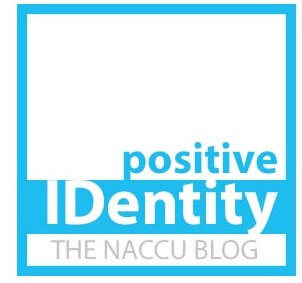Securing Capital Funding for Campus Access Control Projects
Securing Capital Funding for Campus Access Control Projects
At colleges and universities across the country, access control is more than just a security tool. It is a cornerstone of creating safe, efficient, and student-centered campuses. Yet even when the need is obvious, securing capital funding for large-scale access control projects can be one of the most challenging steps for campus leaders.
During a recent NACCU NetworX Access Control session, panelists Aliana Steinbugl (Penn State), Michael Fellows (Georgia Tech), and Nathan Brown (University of Kentucky) shared strategies for successfully making the case for capital investment in access control. Their conversation offered valuable insights that can guide other institutions facing similar challenges.
Why Funding Access Control Projects Is a Challenge
Access control projects compete with many other priorities for institutional funding. New academic buildings, technology upgrades, and student experience initiatives all require resources. Security may not always appear at the top of the list unless decision-makers fully understand the risks of delaying investment.
The panelists emphasized that gaining approval requires more than technical details. It requires framing access control as a strategic investment in campus safety, operational efficiency, and long-term cost savings.
Building the Business Case
One consistent theme was the importance of telling a compelling story. Decision-makers respond to data, but they also respond to a clear narrative about why access control matters. Panelists recommended focusing on:
-
Risk reduction: Highlight how delays increase liability, compliance risks, or safety concerns.
-
Cost savings: Show how modern systems reduce maintenance costs, streamline operations, and minimize lost time managing keys and cards.
-
Student experience: Demonstrate how upgraded systems support convenience, mobile credentials, and seamless integration across campus life.
By positioning access control as part of the overall mission to protect and serve students, institutions can elevate it from a “nice-to-have” to a “must-have.”
Engaging Stakeholders Early
Another takeaway was the importance of collaboration. Successful funding requests involve more than one department. Panelists shared how they engaged facilities management, IT, campus police, and student affairs to show unified support for proposed projects.
When multiple departments speak with one voice, leadership is more likely to view access control as a strategic campus-wide priority rather than a siloed initiative.
The Power of Benchmarking
Panelists also encouraged campuses to leverage peer data. Benchmarking against other institutions can strengthen the case for investment by showing where your campus stands compared to peers. NACCU’s Campus Profile data and professional network provide a valuable resource for this kind of comparison.
Moving from Request to Approval
Finally, the panelists reminded attendees that persistence matters. Rarely is funding approved after a single presentation. Success often requires ongoing communication, adjusting proposals based on feedback, and continuously connecting access control investment to the institution’s broader strategic goals.
Final Thoughts
Access control is essential to building safe and thriving campus environments. By presenting access control as a mission-critical investment, engaging stakeholders early, and using benchmarking data to support the case, campuses can significantly increase their chances of securing the funding they need.
The discussion from Penn State, Georgia Tech, and the University of Kentucky offered practical, real-world advice for institutions navigating the funding process. As the campus security landscape evolves, these lessons will only grow more valuable.

